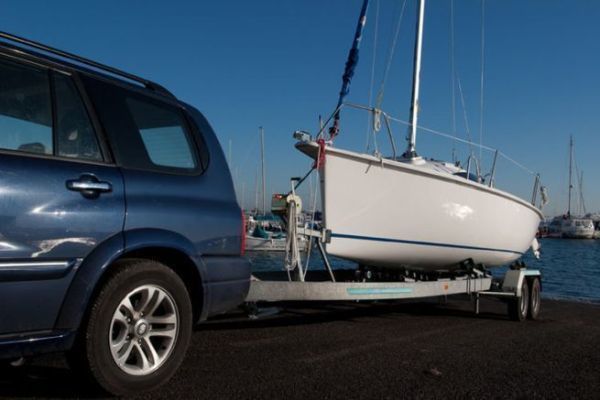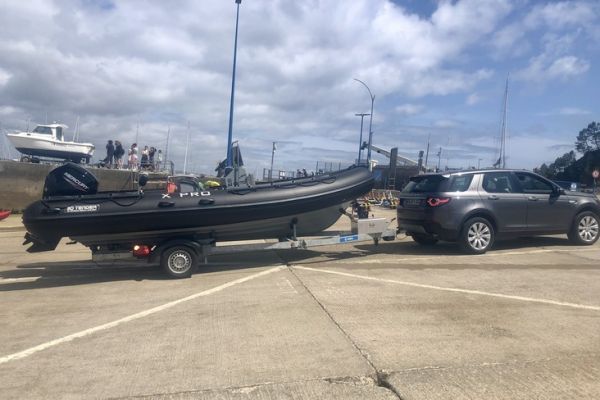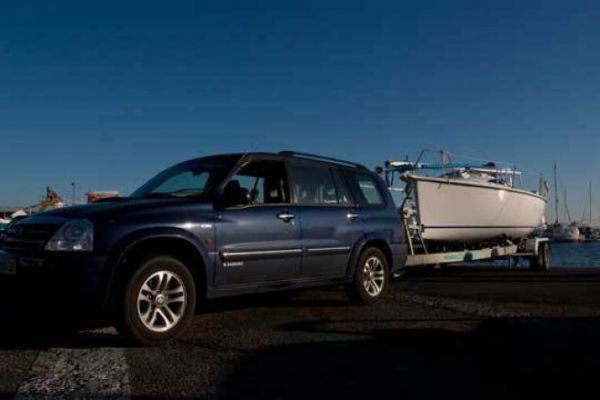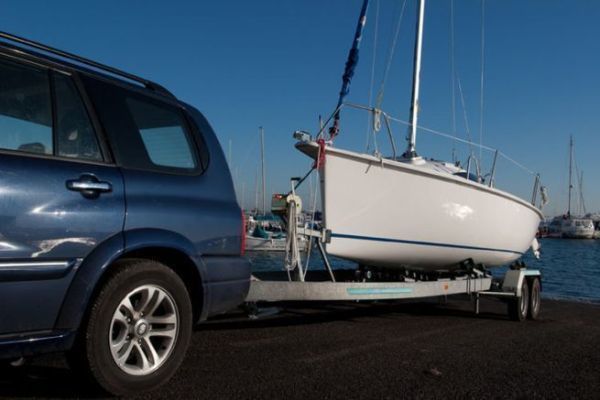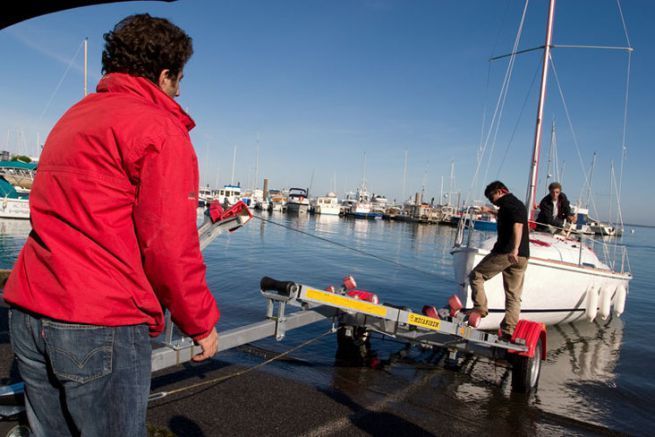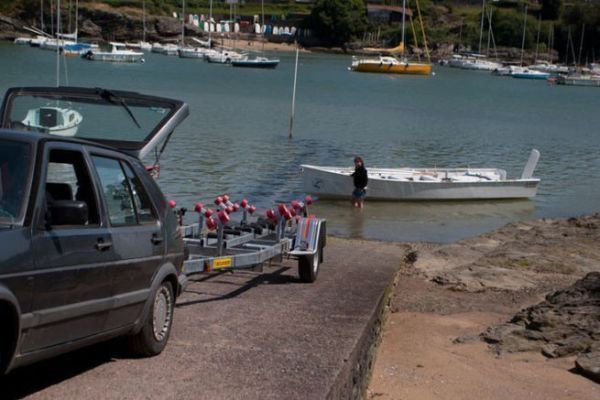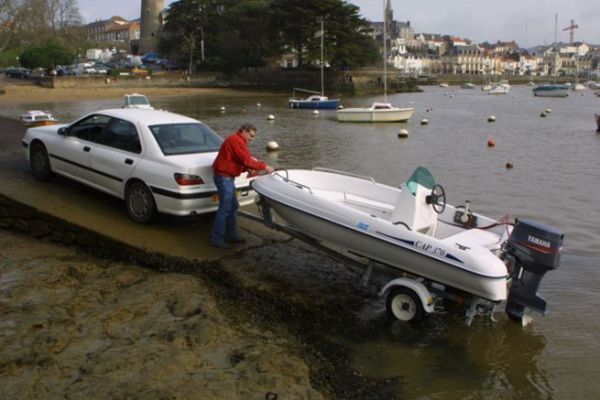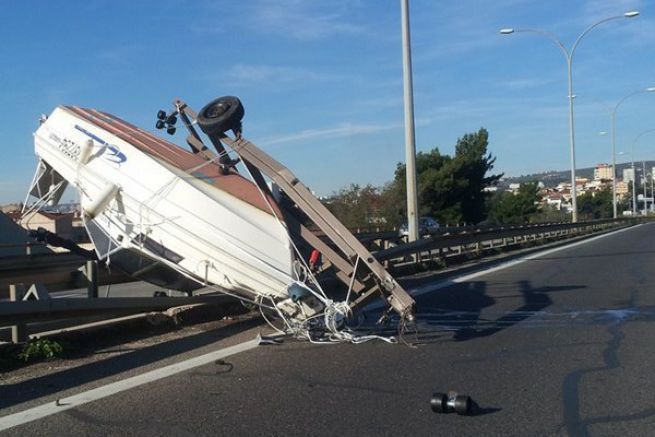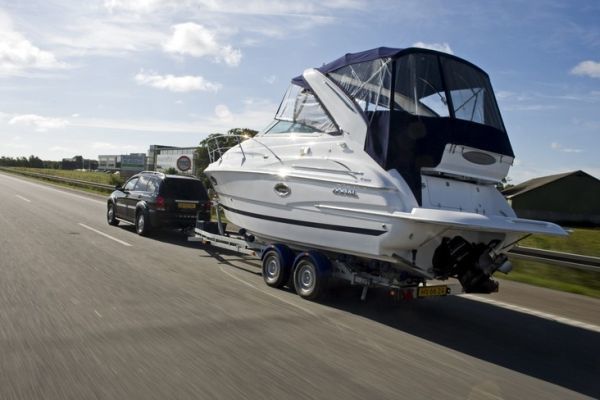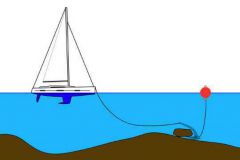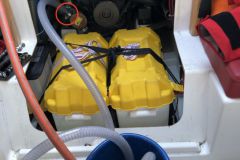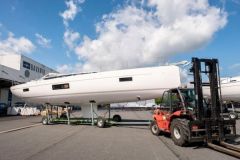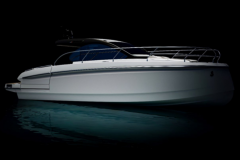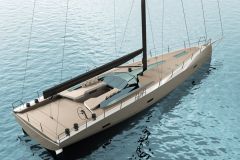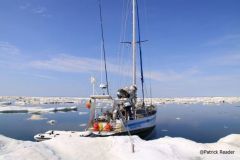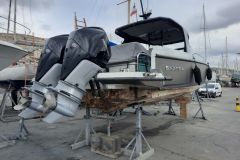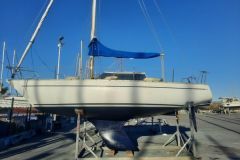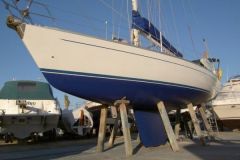Transporting your sailboat by road offers extraordinary possibilities: from Brittany to the Mediterranean? It's done in a day... This compares with a cruising trip of âeuros for a small sailboat - and 10 days on the Canal du Midi. By road, your boat can reach all European shores in less than 48 hours.
With a trailer, you can race anywhere in France, even for a long weekend. Other advantages: you can easily pamper your hull, and even do without port or deadweight time.
To get the most out of your transportable boat, it's best to have everything on your side: an integral dinghy, a trailer and a sloping water surface for express launches/exits or, for keelboats, a ring for a sling and a crane nearby.
An attractive program, which still requires a suitable vehicle â?" prefer a utility or 4x4 vehicle to a load-sensitive sedan. You'll also need a BE license if the weight of the boat + trailer > empty weight of the towing vehicle and/or total weight > 3,500 kg. Be careful not to be fooled by the unladen displacements advertised by the manufacturers, and donâ??t underestimate the weight of your boat: itâ??s the scales that count! And on the road, maximum caution and anticipation for a carefree journey.
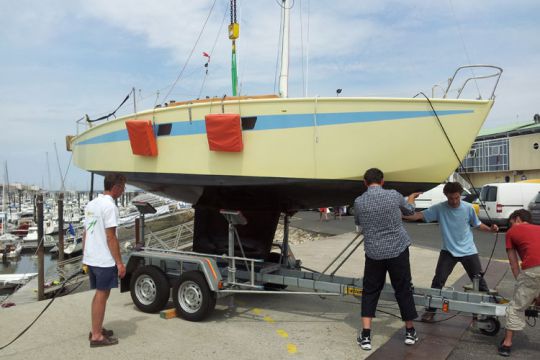
A suitable trailer in good condition
To run smoothly, your trailer must be adapted to your boat and in good condition: once a year, a check-up at your garage is not a luxury. A little advice to avoid problems? When you're not using your trailer for a long time, make sure you chock the drawbar to take the strain off the jockey wheel. During the winter (especially if the boat is not under cover), the jockey wheel and the light plate can be stored at your place, safe from theft.
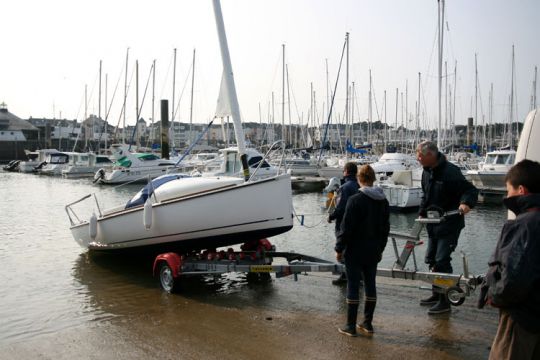
Launching on the slipway
Two schools of thought: with or without a crane. The first school is that of integral dinghies, which are lifted out of the water on a simple inclined plane, using the trailer's winch. The simplest formula for true autonomy. Just one rule: never submerge the trailer or the tires. Prefer high tides for more slope and less silt and slippery seaweed.
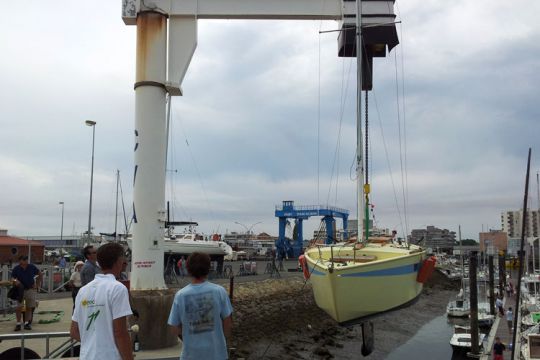
Launching with a crane
The second method? The crane. For keelboats, this is a must. If possible, fit your sailboat with a slinging ring. Launching is much quicker âeuros no need for the crossbar and straps âeuros and, above all, within your reach. Ask at your local sailing club, which usually has a small crane. Cheaper and always available!
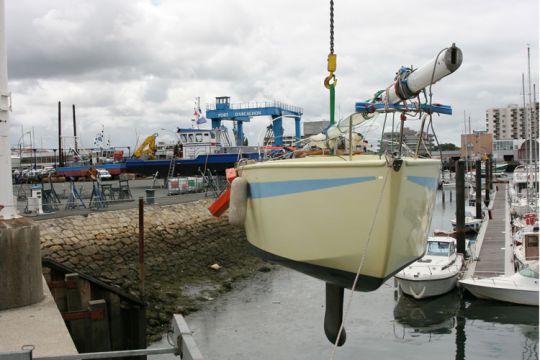
Masting after launching
A crane variant: dismast - or mast - your transportable afloat. A lying mast simplifies craning - no more backstay or windvane to titillate the crane's jib. What's more, it's much easier to lower your mast to within a metre of the surface, rather than twice as high above it, once the boat is on its trailer.
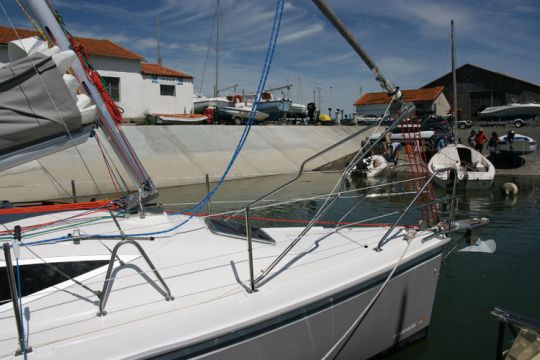
The advantage of pivot-mounted masts
Masting is a two-person operation if your mast is pivoting, or even alone with a suitable kit, as in this picture of a Maxus 24. Otherwise, it's a three-person job! Don't hesitate to take advantage of the height: with your ass on the quay, it's very easy to dismast. Then move the boat forward to place the spar on deck.
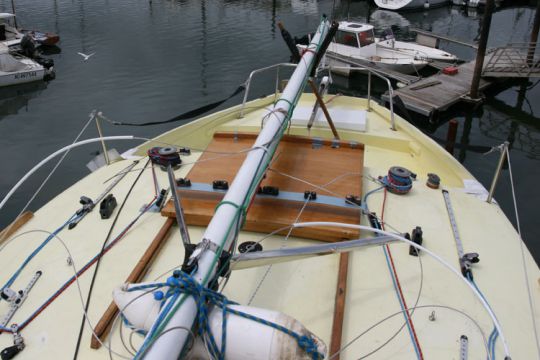
Secure the mast flat on the deck
Lying flat, the mast is usually supported by a cleat attached to the front pulpit, and an "X" with the legs wedged in the cockpit floor. Of course, additional anchoring points are also available â?" mast foot, aft pulpit. Placed very low, the spar can complicate access to the interior of the boat. Remember to remove the windvane. And why not the masthead light?
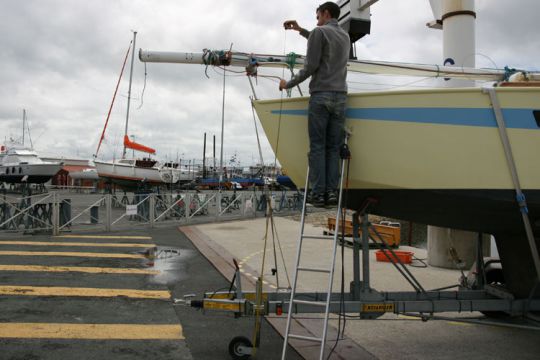
Measure the height of your hitch
A must! Remember to measure the maximum height of your load before you set off. To give you an idea, unsignposted road bridges are over 4.30 m high. A few internet searches will help you diagnose the hot spots on your itinerary.

Weight on the trailer tongue
The trailer tongue must exert a vertical downward force on the ball. Order of magnitude 25 to 40 kg for a small Micro, 40 to 80 kg for a one-design or larger cruiser. Check that your vehicle can support such a load, and don't hesitate to check the weight of the tongue by placing a scale under the jockey wheel.
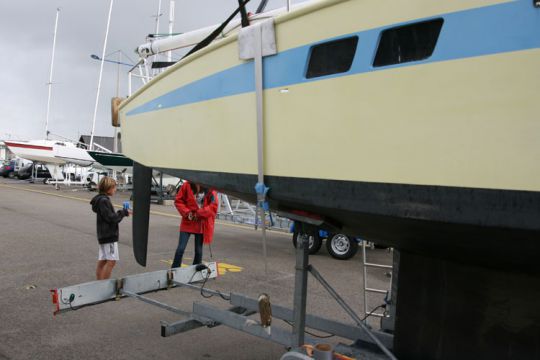
Strapping so that boat and trailer become one
The boat must be strapped in tightly to stay securely in place on its trailer. Protective skids will prevent damage to the hull and limit vibrations at high speeds. Donâ??t forget to secure the bow with a bowsprit â?" an assembly incorporating a hoist will do the trick just fine. When you arrive at your destination, even if you don't need to launch the boat quickly, don't forget to use the straps: you'll put less strain on the boat's structure.
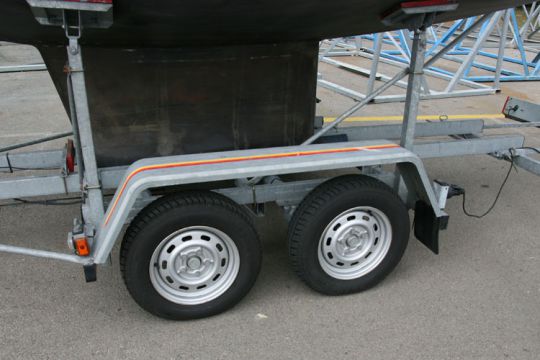
Check tire pressure
Caption: Don't forget that, just like your vehicle, your trailer is equipped with tires! Check the pressure before you set off, and don't hesitate to buy a spare tire, especially for a single-axle trailer. Try out your car's jack, too, to make sure it's up to the job in the event of a puncture.
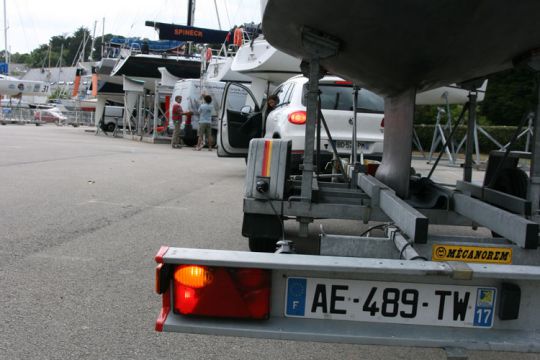
High beam must be connected
Last check, the lights. We often forget to connect all the sockets, and false contacts are common. A few spare bulbs in the glove compartment is a wise precaution. Turn signals, warnings, stop lights, high beams - all working? You're good to go.
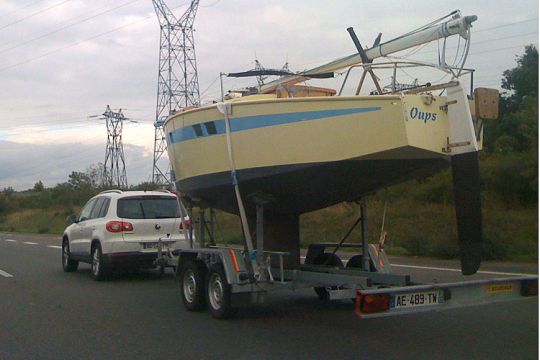
Take care on the road
Ready to roll? Choose the smoothest routes âeuros freeways, expressways, avoid entering town centers, take wide traffic circles and other chicanes, beware of leaning trees... As for speed, donâ??t exceed 90 km/h â?" or 80 km/h in some countries â?" especially in strong winds. And expect your fuel consumption to rise by 50 to 100%!
